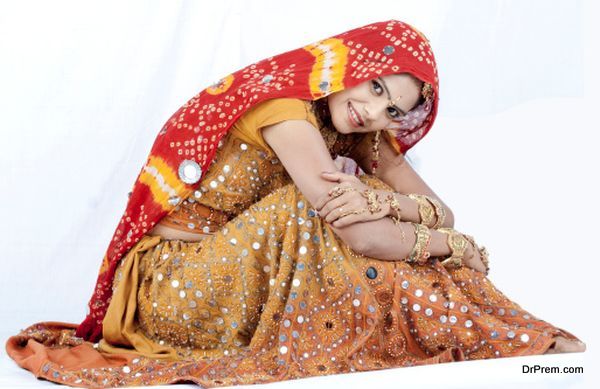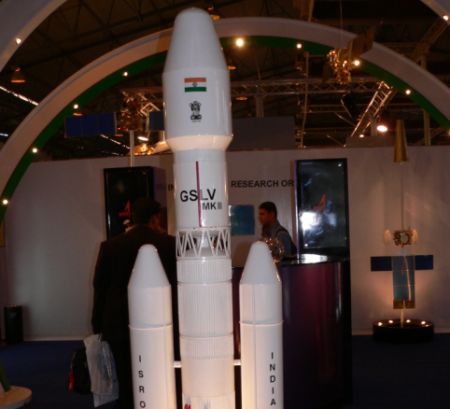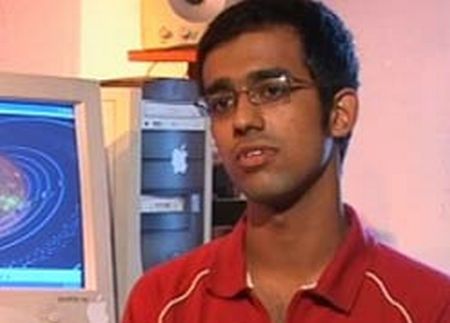The information assembled
The information assembled on rank is amassed into three classes particularly Scheduled Caste (SC), Other Backward Classes (OBC) and Others (which fuses all the higher standings). The climbing solicitation of class chain of imperativeness in India is SC, OBC and others yet arrange tribe (ST) is not included in this pecking request. ST is rejected from this study as it reflects all the more an assembly instead of a station. Accepting that a woman having a spot with higher station marries to a man having a spot with additional level standing and a woman having a spot with a simpler position marries to a man of higher rank, then it is recognized as between standing marriage. Sort of if a women marries to a man other than her rank is recognized as a between station marriage.

Additionally all the religions
Additionally all the religions are parceled into 5 classes to be particular Hindu, Muslim, Christian, Sikhs and Others. India is still all around a traditional social request with unbendable standing system. Rank expects an uncommonly fundamental part in the decision of mates in social unions.
To most Indians, it is trying to think about marriage past the own position. In any case it is without a doubt swaying to distinguish that the force of the station in marriage decision is ceaselessly discharging about whether as something like ten percent of the social unions in India are represented to be between standing social unions. This is an extraordinary beginning to completely decimate the station system in India.

This change in the marriage
This change in the marriage outline in India is to a great degree late pondered on account of the impact of modernization, socio-budgetary progression and globalization of Indian economy. Diverse socio-money related and demographic segments furthermore impact the sample of between standing social unions in India. There is a paramount spatial assortment in the illustration of between position social unions.
Summary
The data from the starting late shut National Family Health Survey (NFHS-III, 2005-2006) has been used for the present study. The NFHS-3 was an extensively illustrative case investigation of 99260 ever-married women ages 15-49. It was regulated in all the 29 states of India. Information about remaining of the life partner and wife were moreover accumulated all around the review. This study analyzes standing information of 32160 Hindu couples. Rank structure is for the most part overwhelming around Hindus however this information was moreover accumulated from diverse religious gatherings. The couples fitting in with distinctive religious get-togethers have been emptied from the examination however their position information is similarly open.




